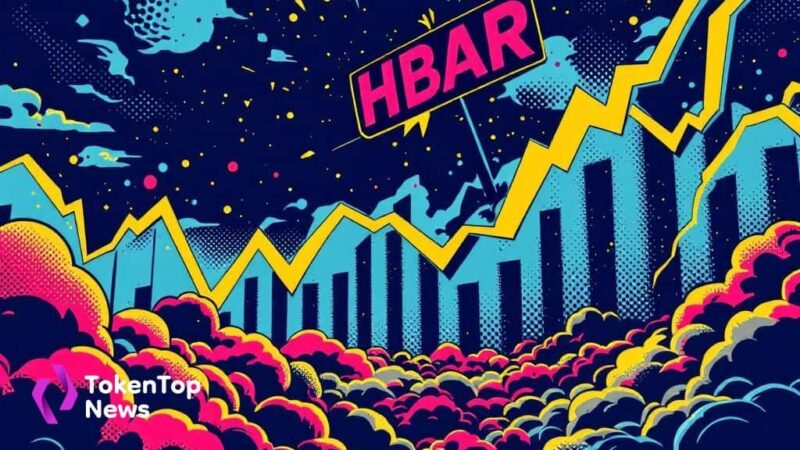Berachain’s PoL v2 Upgrade Shifts Token Incentives
- The PoL v2 upgrade reallocates rewards, impacting BERA and BGT tokens.
- Focuses on increasing BERA staking yield.
- Strengthens overall Berachain ecosystem incentives.

The upgrade is set to optimize Berachain’s incentive architecture, encouraging increased BERA participation and supporting the network’s economic engine. Analysts indicate BERA staking rates and protocol value may rise post-implementation.
Berachain’s latest proposal, PoL v2, realigns the rewards mechanism within its blockchain network architecture. Reallocating the 33% of rewards traditionally allocated to the BGT governance token to the BERA Staking Module, strengthens BERA stakeholder incentives. This adjustment seeks to boost yield for BERA, Berachain’s native token, by directly enhancing its long-term economic value.
Key Players and Governance
Key players in this shift include Berachain’s founding team and governance members. The proposal was detailed in an official forum post, emphasizing the upgrade’s role in reinforcing BERA as the network’s economic core. Berachain’s PoL v2 Upgrade aims to optimize reward flows, ensuring protocol value while maintaining a strong governance framework for BGT stakeholders.
The immediate effects of this upgrade could heighten BERA’s market position, potentially boosting participation within its staking module. Analysts anticipate shifts in asset yield alignments, which may drive overall protocol growth. The BGT token, affected by reduced direct incentives, remains integral within governance frameworks, promising future adaptations to align with protocol evolution.
PoL v2 marks a meaningful evolution of Berachain’s incentive architecture. It creates direct, flexible yield for BERA holders, maintains a strong ecosystem around BGT, and sets the stage for future protocol-layer value capture mechanisms. – Berachain Foundation, Official Statement, Berachain
Financial implications include a possible reevaluation of BERA and BGT valuations, with direct staking incentives likely enhancing overall market confidence in BERA. Observers forecast increased protocol TVL and staking activity, bolstered by the strengthened incentive structure. Though no direct regulatory impact is noted, the upgrade underscores a focused approach to sustaining Berachain’s economic strategies.
Future expectations for Berachain involve further technical and economic participation scaling, aligning with broader industry trends towards sustainable blockchain ecosystems. The network’s ability to adapt reward structures in response to evolving market dynamics reflects its commitment to maintaining relevance and user value within the cryptocurrency landscape.




